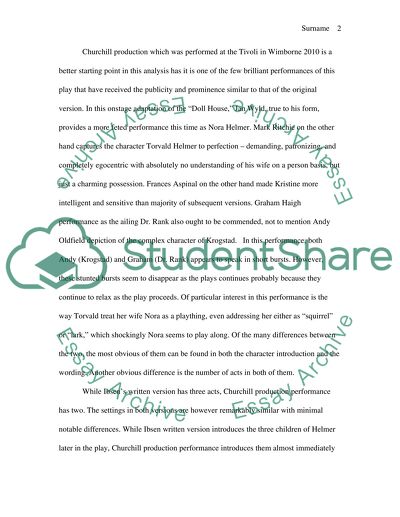Cite this document
(“Ibsen's Play The Doll's House Essay Example | Topics and Well Written Essays - 1750 words”, n.d.)
Ibsen's Play The Doll's House Essay Example | Topics and Well Written Essays - 1750 words. Retrieved from https://studentshare.org/literature/1449313-drama
Ibsen's Play The Doll's House Essay Example | Topics and Well Written Essays - 1750 words. Retrieved from https://studentshare.org/literature/1449313-drama
(Ibsen's Play The Doll'S House Essay Example | Topics and Well Written Essays - 1750 Words)
Ibsen's Play The Doll'S House Essay Example | Topics and Well Written Essays - 1750 Words. https://studentshare.org/literature/1449313-drama.
Ibsen's Play The Doll'S House Essay Example | Topics and Well Written Essays - 1750 Words. https://studentshare.org/literature/1449313-drama.
“Ibsen's Play The Doll'S House Essay Example | Topics and Well Written Essays - 1750 Words”, n.d. https://studentshare.org/literature/1449313-drama.


